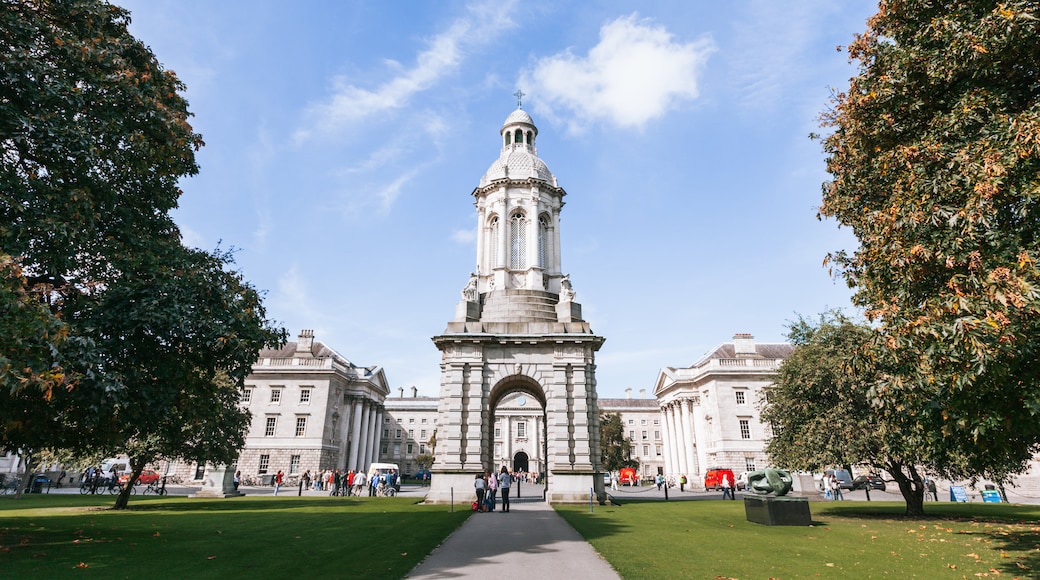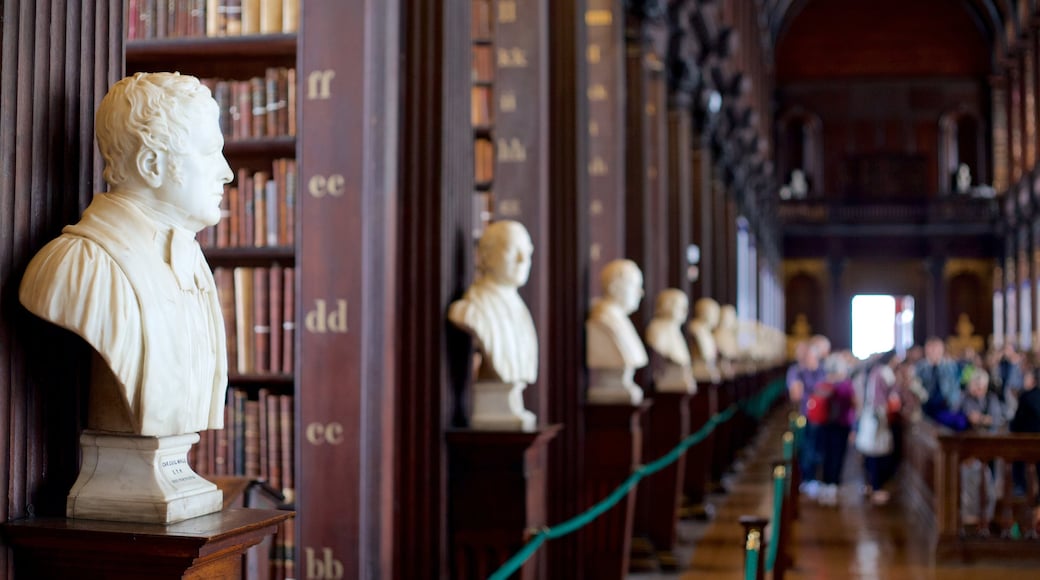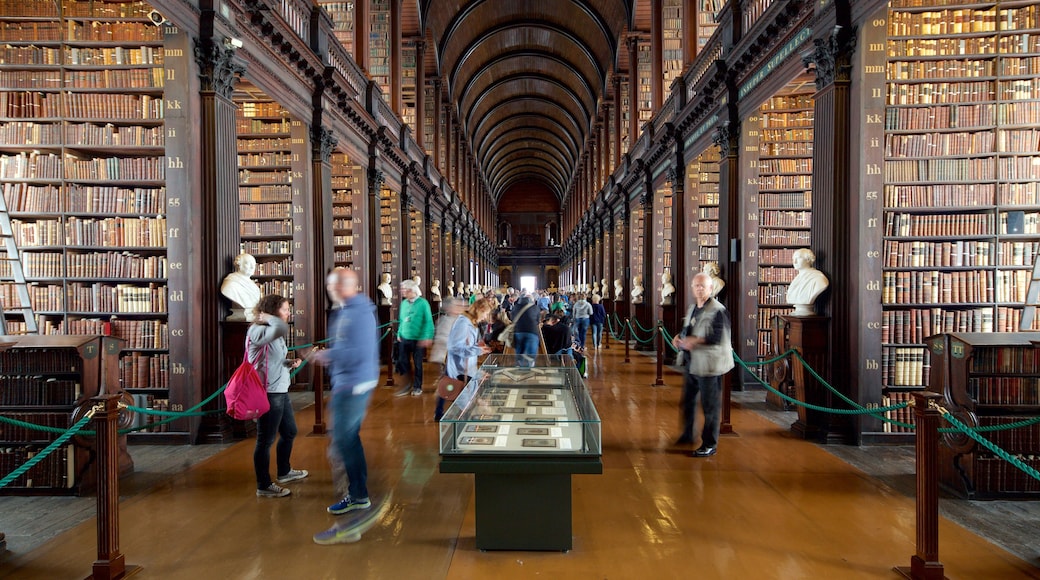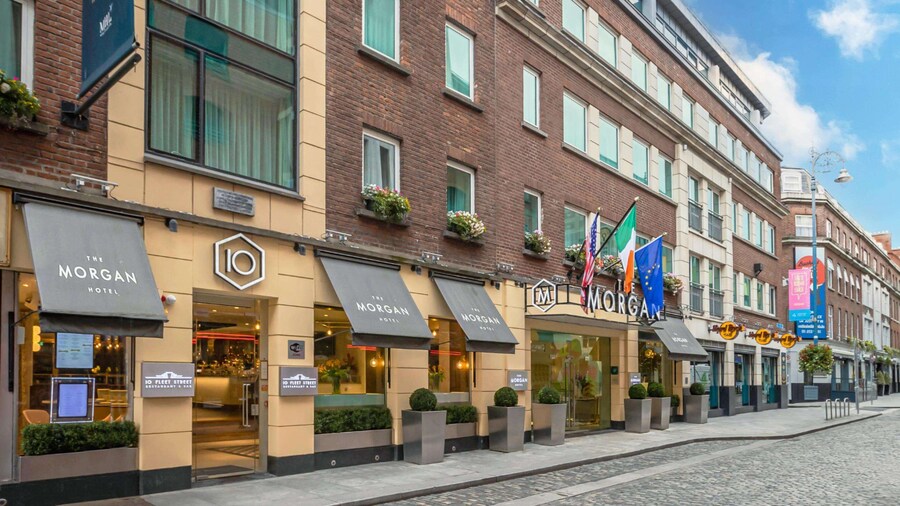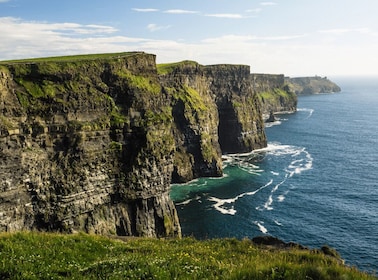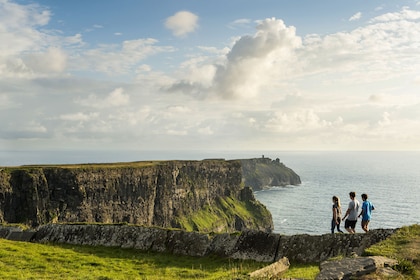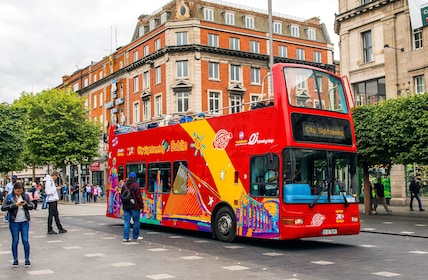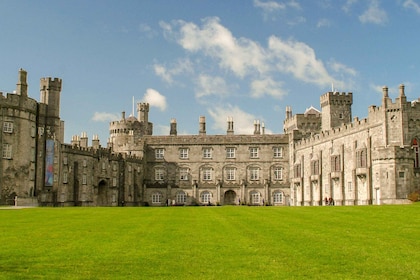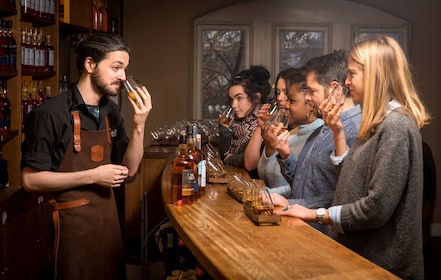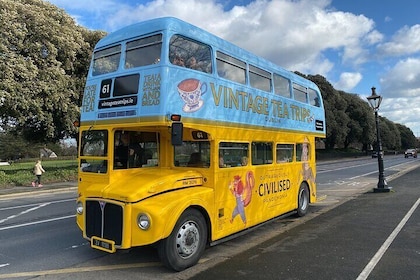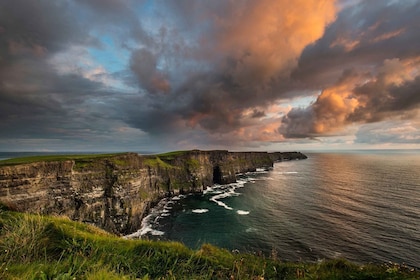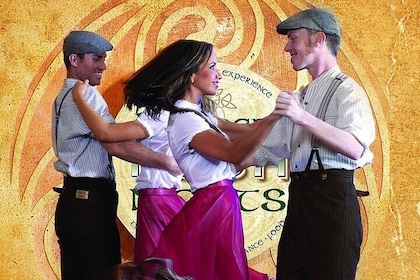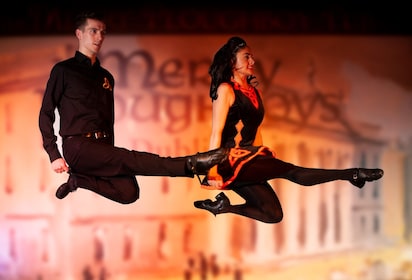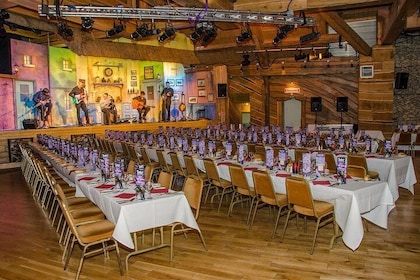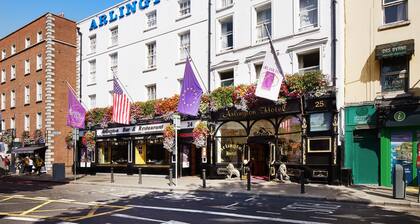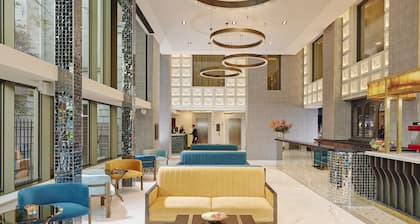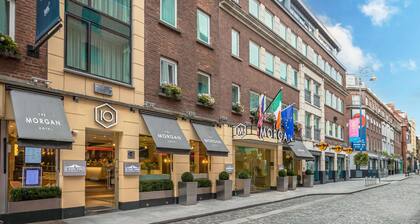Founded in 1592 by Queen Elizabeth I, Trinity College is widely recognised as the oldest university in Dublin. The campus’s magnificent Old Library is an 18th century building that houses the 9th century gospel manuscript the Book of Kells. The book portrays prolifically decorated versions of the four gospels on prepared calfskin and attracts half a million visitors every year.
The Old Library is also home to the Long Room, a 65-metre long chamber containing a collection of 200,000 of the library’s oldest books. The room is lined with the marble busts of famous philosophers and writers, including Gulliver’s Travels author Jonathan Swift, who resided at the college between 1682 and 1686.
With its cobbled streets and open green spaces, the campus grounds are pleasant to simply wander around, but there are also a number of tour options available to visitors. The most popular is the 35-minute tour of the campus, guided by current University of Dublin students who offer informative and amusing anecdotes that really bring the history of the university to life. The tour takes in the campus’s historical buildings such as the campanile – the stand alone bell tower – and Provost’s House - the two storey house that dates back to 1759. Visitors can then opt to visit the Old Library and Book of Kells, taking as much time as they wish to examine the ancient manuscripts.
Alternative attractions at the college include the Science Gallery, where visitors can take part in debates on current scientific issues, and the Douglas Hyde Gallery that features a selection of Irish and International contemporary art. For theatre lovers, the university’s Department of Drama stages a wide selection of plays throughout the year at the Samuel Beckett Theatre.
The Old Library and Book of Kells exhibitions are usually open from 9.30 a.m. daily, or from 12 on Sundays between October and April. There are some exceptions or altered opening times on public holidays, so it’s worth checking the website. There are no reservations, with visitors joining the queue on arrival. Located centrally, the campus is well served by the city’s buses, trains and trams.
